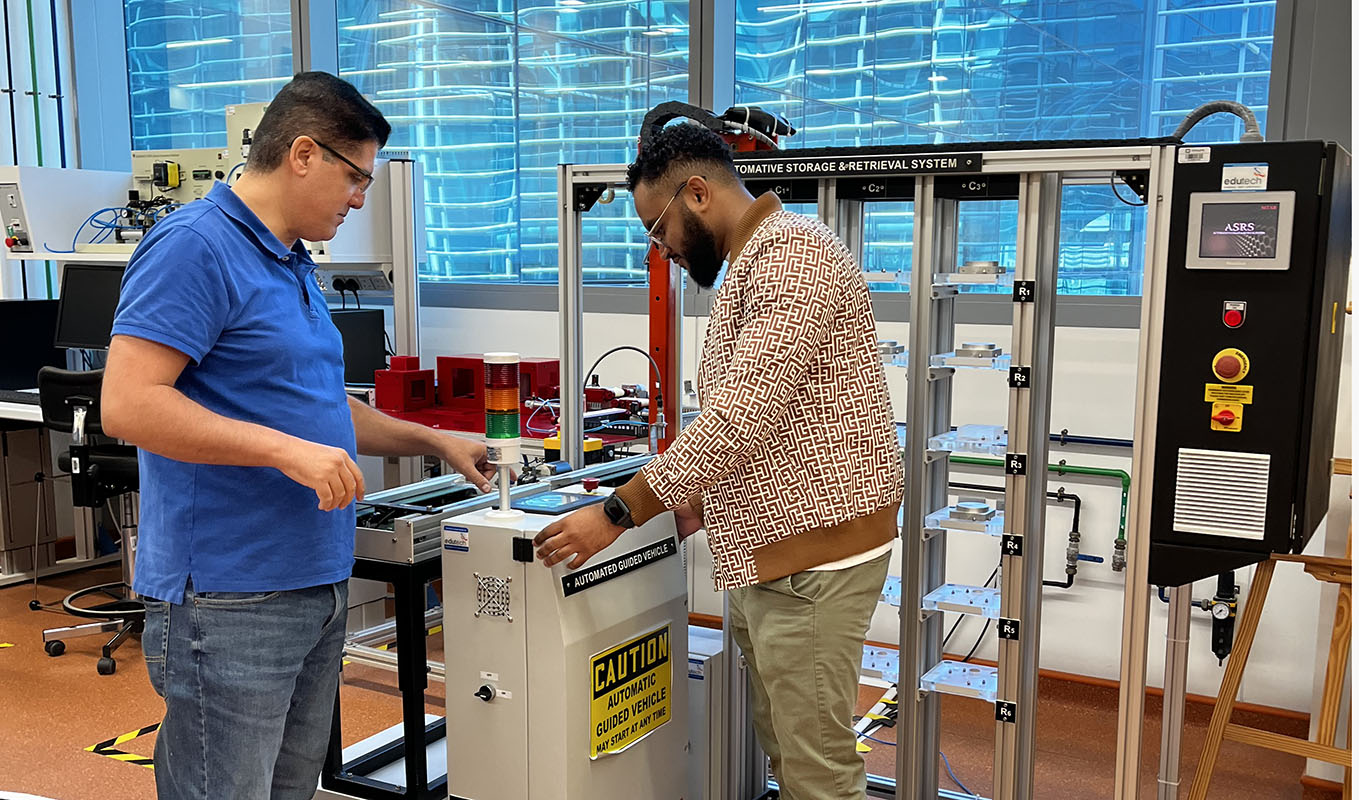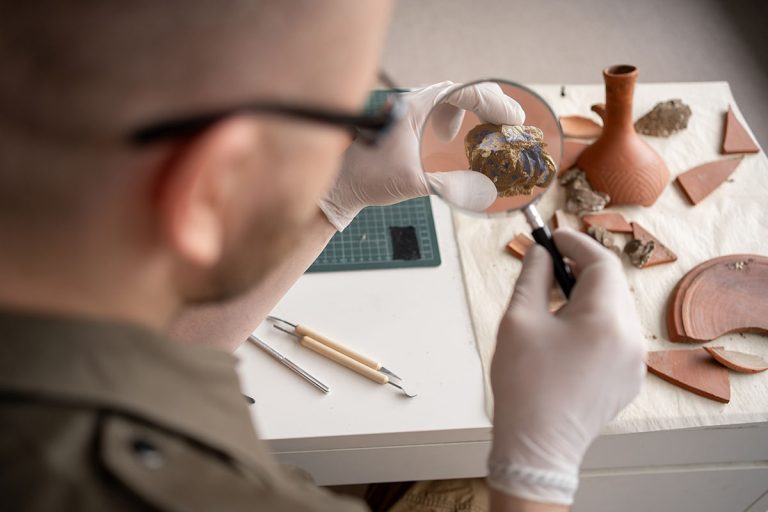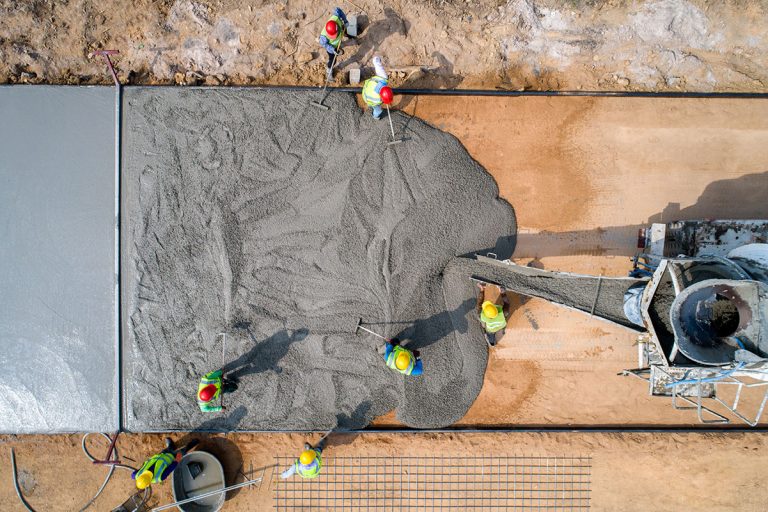Blockchain tracks rare earth elements in solar power
Aiming for an ethical supply chain of photovoltaics, a new solution uses blockchain to track the life cycle of rare earth metals in renewable technologies.
The supply chain for solar technologies is riddled with ethical concerns, inefficiencies and a lack of transparency, challenging the sustainability of these otherwise green technologies. Researchers at Khalifa University wanted to find a better way to trace the origin of rare earth elements (REEs) and monitor the supply chain of thin-film solar panels, from mining to disposal1.
Thin-film solar photovoltaics (PVs) rely on crucial but extremely scarce REEs such as gallium, indium and tellurium. The journey of these solar technologies typically begins in China, which extracts more than 70% of the world’s REEs, and ends with the disposal of solar panels by the end user.
They developed a digital tracking process based on blockchain, a system that can record each transaction in the supply chain in a transparent and immutable way: visible to all stakeholders and resistant to tampering.
“We hope the transparency of the blockchain system can pave the way to sustainable and ethical mining, and incentivize more people to go green.”
Ahmad Mayyas
The system is designed to ensure that all stakeholders (including raw material suppliers, manufacturers, miners, distributors and end-customers) are registered and have specific functions on the blockchain, thus holding them accountable for their actions. Each solar panel can be traced back to an original batch of raw materials.
The accountability of the system also extends to helping uphold positive working conditions. Miners can record their working hours and access to safety gear (such as helmets and gloves) on the blockchain, meaning that all stakeholders can check whether the REE suppliers are following safe practices.
“The presence of illegally mined metals and the harsh working conditions in the mines are often ignored: a reality often referred to as ‘clean energy’s dirty little secret’,” explains industrial engineer Ahmad Mayyas, who led the study. “We suggest a way to certify PVs based not only on technical standards, but also on ethical sourcing and sustainability.”
Khalifa University’s system also addresses the disposal of PVs, which is seldom monitored. Customers decide between discharging the PV to landfill or sending it for recycling, and are asked to contribute to the blockchain system by uploading a picture and information about the PV at point of disposal.
“This is the first published example of blockchain use to trace REEs for thin-film PV production,” says Mayyas, who is now planning to focus the work of his team on the sourcing of critical materials for vehicles and fuel cells.
“We hope the transparency of the blockchain system can pave the way to sustainable and ethical mining, and incentivize more people to go green,” he says.
Reference
Chadly, A.; Hasan, H. R.; Moawad, K.; Salah, K.; Omar, M. and Mayyas, A. A blockchain-based solution for the traceability of rare earth metals used in thin-film photovoltaics. Journal of Cleaner Production, 428, 139399 (2023). | Article




